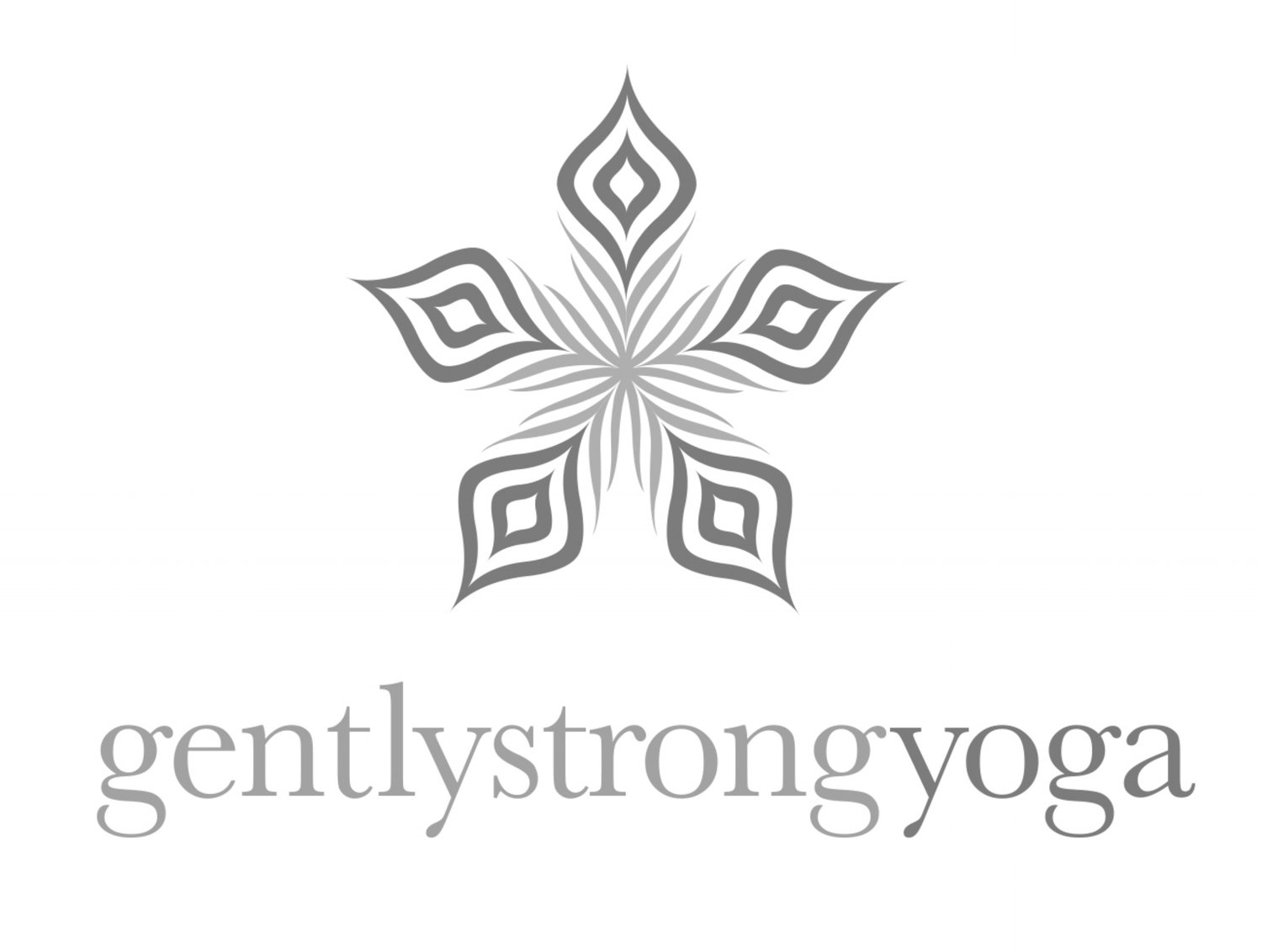As we move again through this pandemic it is both an opportunity and a time of risk, too early to create a synopsis and conclusion but instead a process begins of breathing out and returning to the changes we have been living. A boundary was put in place, an enforced minimising of contact and activity. Alongside this, a need to tether ourselves to all the roles and responsibilities that, keep our lives and family lives afloat. A flooding of responsibility and a call to evolve in our roles and work practices.
Busy ness is exposed as an illusion of efficiency, just as sound requires space to be heard and travel through; creativity, purpose and relationships need gaps and stillness between their movements. Boredom, pottering and time in nature are needed for us to thrive. There is a headline of relief and joy in our folding back outwards. This quick summary shields a conversation I am hearing from all directions, of what we don't want to lose and what we don't want to get back, from this boundary that was set. That this experience is not consolidated, held or embodied enough yet to feel secure.
Defining, describing, mapping, protecting. We all have the desire to protect our energy, to participate fully and whole heartedly, to set boundaries and in doing so move away from resentment into a space of presence and openness. To find and establish the ground and time where we can consciously root, aligned to our values.
In yoga, we are working to use practices to move from dukha, or restricted space, to sukha or a place of ease. These places whether they are our bodies, minds or shared geography have boundaries that are pushed upon, pushed into, causing pressure and lack of clarity. This energetically leads to feelings of overwhelm, resentment and often anger. Heat pushing back against inward coming asks.
A cerebral approach is useful to map, list, task and orientate our boundaries but alongside this we can also take a body based approach. Using somatic interoception; body based tools of awareness and understanding, we can create actions that come from listening with sincerity to ourselves. Understanding our biology and how to support it so that we can establish our held space of well being and purpose, in the dialogue of requests and boundary pushing.
As we breath, we explore the edges of our body, a conversation between inhale and exhale that is responsive and didactic, rather than a pursuit of perfection. Working with boundaries is fruitful when it is also in conversation. When it is also responsive. When it knows our needs and how they are affected yet in turn acknowledges our responsibilities to the needs of those we are breathing in community with.
We can begin by firstly exploring a way of creating habits of listening to our bodies and from this listening, understanding. From understanding, habits of intervention that can then allow us to establish boundaries. Like a Venn diagram, exploring that overlap that comes from knowing what is required to create sukha, whilst also enabling our shared purpose and needs.
We feel the discomfort of not meeting a request;we want to support, facilitate and do. Let us find ways of pausing to make sure moving towards action occupies that sweet spot of purpose, capacity and authenticity. Or examining whether an action is needed to move away to maintain sukha.
To create this space, to be able to listen, we need to be present to our body and breathing, to be aware of reaction and our signposts of this reaction. We need to know ourselves in our bodies as well as in our minds.
Do requests create tension and where is this tension in your body? Does it disturb your breathing with excitement or compression? Does it take away the depth of you breath and bring it to flutter under the clavicles. Or does it create a feeling of expansion and space. Does our body push back or does it welcome and unfold?
Create ways of pausing to listen and then inform. To understand our nervous systems response and its effects on our thinking. Our own personal rhythms of energy and capacity. The seasons of creativity and those of rest and consolidation. Actions of allowing and accepting clutter rather than a pursuit of perfection. That the expectations and boundaries that we create for ourselves are a support rather than a prison.
Pausing to create this is not procrastination, instead we use our body and breath based practices to communicate with clarity to ourselves and others the process of boundary setting.
And in setting our own boundaries we offer a gift outwards, a culture of permission for them to do the same.

